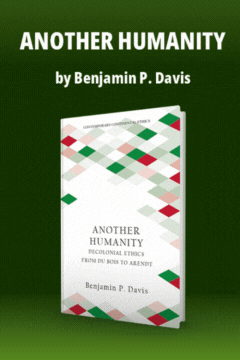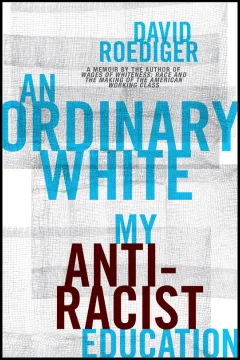The New History & its Critics: A Look at Gertrude Himmelfarb’s Complaint
The New History & its Critics: A Look at Gertrude Himmelfarb’s Complaint
Gertrude Himmelfarb’s engaging, censorious collection of essays brings to mind how little the neoconservatives have affected American historical writing.* Surely no one could have predicted this failure, given both the resources at the neocons’ command and history’s notorious exposure to shifting political winds. Recent conservatizing trends have certainly touched historical scholarship in other Western democracies. Yet in the United States, it has fallen to economists, philosophers, and political scientists to fashion an academically plausible neoconservativism. Among popular and academic historians alike, liberals, radicals, and old-line conservatives—not the reborn neocons —have produced the most influ- ential an...
Subscribe now to read the full article
Online OnlyFor just $19.95 a year, get access to new issues and decades' worth of archives on our site.
|
Print + OnlineFor $35 a year, get new issues delivered to your door and access to our full online archives.
|






